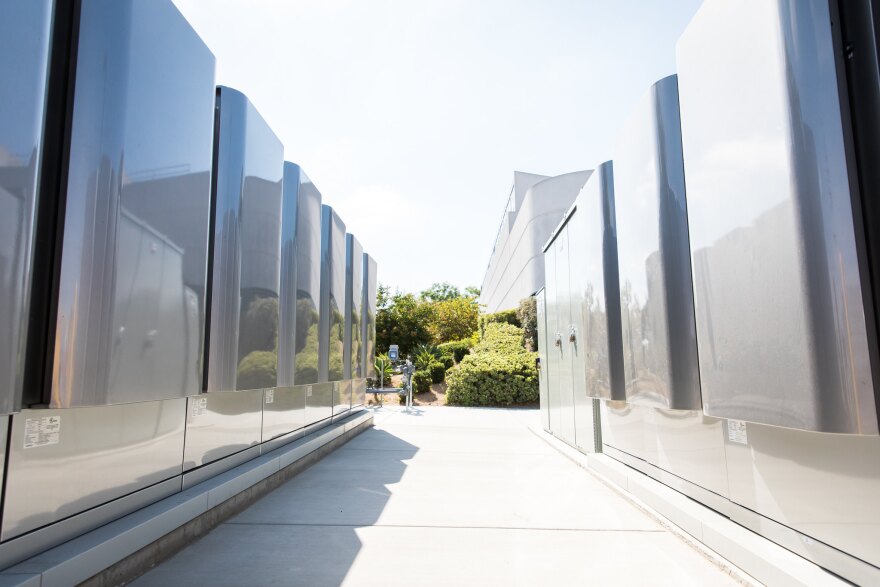The Southern California-based utility company SoCalGas is investing $1.3 million in hydrogen fuel cell projects that the company says could provide emissions-free transportation for railways and at ports in the state.
The money will fund the development of four hydrogen fuel technology projects in California which include fuel-cell marine vessels, hydrogen refueling stations at ports, and fuel cell locomotives.
Matt Gregori is the Technology Development Manager at SoCalGas.
“Hydrogen is a zero-carbon fuel and in these applications, we're using fuel cells so there's no combustion that occurs. And so there's zero carbon emissions which is important for addressing climate change, and it significantly reduces the local air quality impacts. And so using hydrogen can significantly reduce not just the greenhouse gas emissions but improve the local air quality,” Gregori says.
Gregori says hydrogen fuel cell technology could have implications beyond the transportation sector.

“These projects are all transportation-related, rail and marine demonstration projects. But fuel cell technology can also be used to provide backup power or on-site power, electricity to customers that's more reliable and more resilient and not subject to the intermittent nature of the grid.”
That kind of power is especially needed in California, according to Gregori.
“Every year the fire season gets longer, and the public safety power shut-offs get larger, broader and longer in duration. There really is a need to provide better electricity reliability at the residential level. Critical infrastructure like hospitals tend to have a lot of backup power generation but we don't see that as widely deployed at the residential level or in individual homes. We're looking to develop technology that can provide reliable electrical power even when the grid is shut off.”


